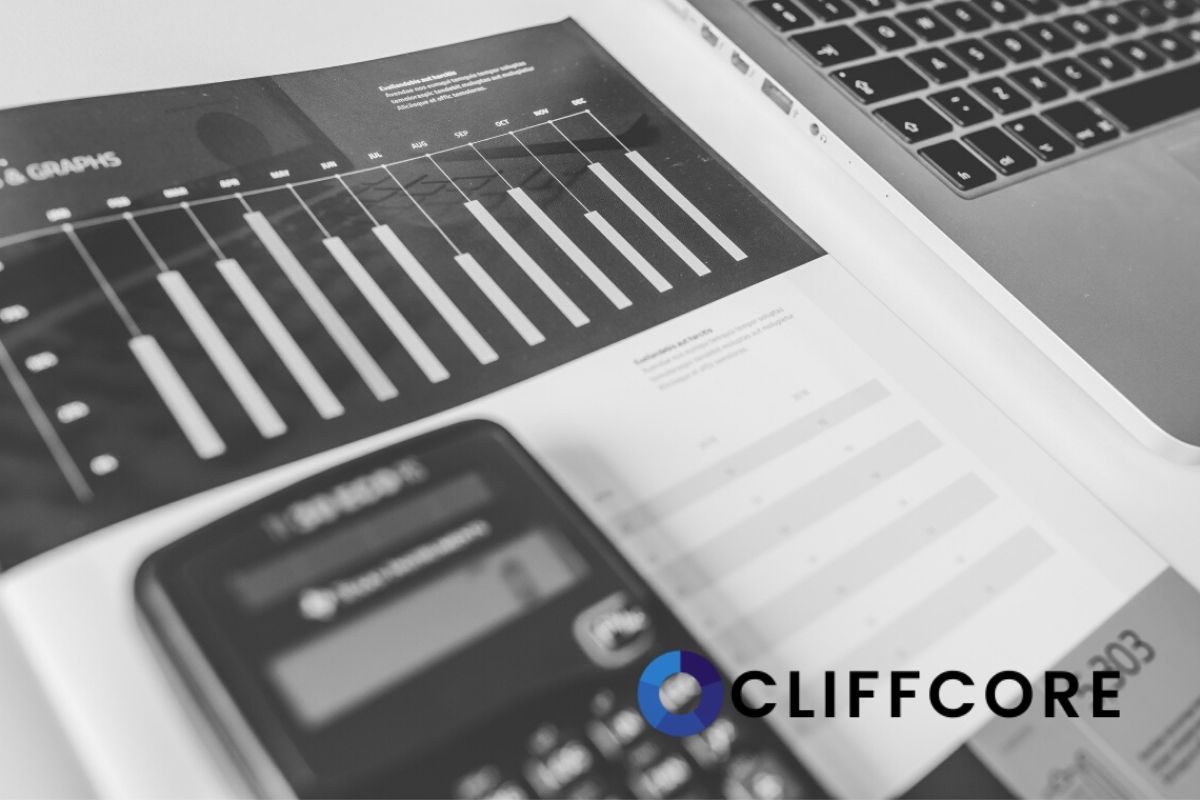According to the very core principles of intrinsic valuation, the value of any cash flow-generating asset should be based on its remaining lifetime, the magnitude of the cash flows it generates, and the risk/uncertainty of receiving less than those expected cash flows.
As a consequence, the primary approach of valuing a cash-flow generating asset would be the discounted cash flow model (DCF). In order to do a DCF, several inputs have to be estimated including:
- An estimation of how long the remaining life of the asset will be
- The amount of cash flows that the asset will generate until the end of its life
- The percentage at which the expected cash flows should be discounted to the present
Then, after the cash flows for each future period have been estimated, discounting them at a risk-adjusted discount rate gives us the present value of the cash flows. The final step is to add them up together which would result in the total value of the asset as of today.
However, in reality, not all companies come out to be cash-flow positive. Some businesses may be unprofitable and report negative earnings, to begin with, while others could have positive earnings but still end up reporting negative free cash flows.
There can be many different reasons for negative cash flows. For young businesses, being unprofitable and cash-flow negative isn’t uncommon at the start of their life cycle, while even mature companies may face temporary or severe financial issues which could lead to negative cash flows.
But are companies with negative cash flows even valuable? How can such cash flows be discounted, and to which extend will negative cash flows affect an asset’s value? Let’s briefly walk through resonable answers to those questions.
Can You Do a DCF With Negative Cash Flows?
Yes, companies with negative cash flows can be valued with the DCF just as usual but only if the asset is expected to generate positive cash flows at least at some point in the future.
Otherwise, if none of the forecasted amounts of cash flows were positive, the result of the DCF would be a negative total present value.
Any asset that is never going to generate positive cash flows during its life is essentially worthless and it wouldn’t make sense to pay for it. Ironically, you should be the one who is paid for holding such an asset, or else, it wouldn’t make any sense to acquire it in the first place.
With that being said, as long as a company is expected to generate positive cash flows in the future, the general steps of the DCF should be the same.
Though, it has to be noted that companies with negative cash flows are usually more difficult to value than firms with positive cash flows because they require more complex and uncertain assumptions on whether the business will overcome its financial distress, at which time that will happen, and to which magnitude the cash flows will turn from negative to the positive.
You will generally have a more difficult time estimating the future cash flow capabilities of a startup than projecting out the more predictable cash flows of an established conglomerate such as Coca-Cola (KO).
How to Value Negative Cash Flows
The general approach of the DCF would be to forecast a company’s future cash flows in order to discount them with a risk-adjusted discount rate. But what if one of the forecasted cash flow periods is negative?
Here is an example of how the valuation of a given business with negative cash flows at some point in its future may look like:
In this case, we expect company A’s cash flows to decline rapidly throughout the next 2 years until the firm will report temporary negative cash flows in the third year. After that, we assume that it will manage to recover and slowly generate positive cash flows again.
Even if year 3 cash flows are negative -$25,000, we will treat all cash flows as usual by discounting them at a cost of capital of 8%. The total present value that we get for company A is approximately $146,784. The crucial period in this process is the tipping point in which we estimate that negative cash flows will turn positive (from year 3 to year 4).
| Company A | Year 1 | Year 2 | Year 3 | Year 4 | Year 5 |
| Cash Flows | $100,000 | $50,000 | -$25,000 | $10,000 | $35,000 |
| PV | $92,593 | $42,867 | -$19,846 | $7,350 | $23,820 |
There are two primary things that also need to be noted:
- In this example, we are explicitly assuming that the business will only operate throughout the next 5 years. In order to incorporate the cash flows after year 5, we would need to compute the terminal value for which we need a terminal growth rate.
- If however, we would forecast company A’s cash flows to still be negative in year 5, applying the terminal growth rate would just make the negative cash flows even more negative because any number will just become bigger when grows. In that case, we would need to extend the forecasting period and determine when the negative cash flows will become positive.
For companies that are generating negative cash flows right now, the general approach would be similar. The key is to determine the time period in which the negative cash flows will turn positive just as it was done in the previous example.
For companies that are generating negative cash flows right now, the general approach would be similar. The key is to determine the time period in which the negative cash flows will turn positive just as it was done in the previous example.
Here is another scenario of how a company starting with negative cash flows may look like:
| Company B | Year 1 | Year 2 | Year 3 | Year 4 | Year 5 |
| Cash Flows | -$70,000 | -$30,000 | $50,000 | $80,000 | $100,000 |
| PV | -$64,220 | -$25,250 | $38,609 | $56,674 | $64,993 |
Within this example, company B starts with negative cash flows, to begin with. We assume that the negative cash flows will steadily decline until the firm will become cash flow positive in year 3 and start growing from then.
Discounting all forecasted cash flows at a cost of capital of 9% gives us a total present value of $70,806 for company B.
In Summary
- Any asset that is not generating cash flows right now can still be valued with the DCF as long as those cash flows are estimated to become positive at some point in the future
- Valuing companies with negative earnings and cash flows will mostly be more difficult since a growth rate can’t be applied to negative numbers
- By forecasting the tipping point at which negative cash flows become positive, the assumption has to be made that the business is only facing temporary problems





